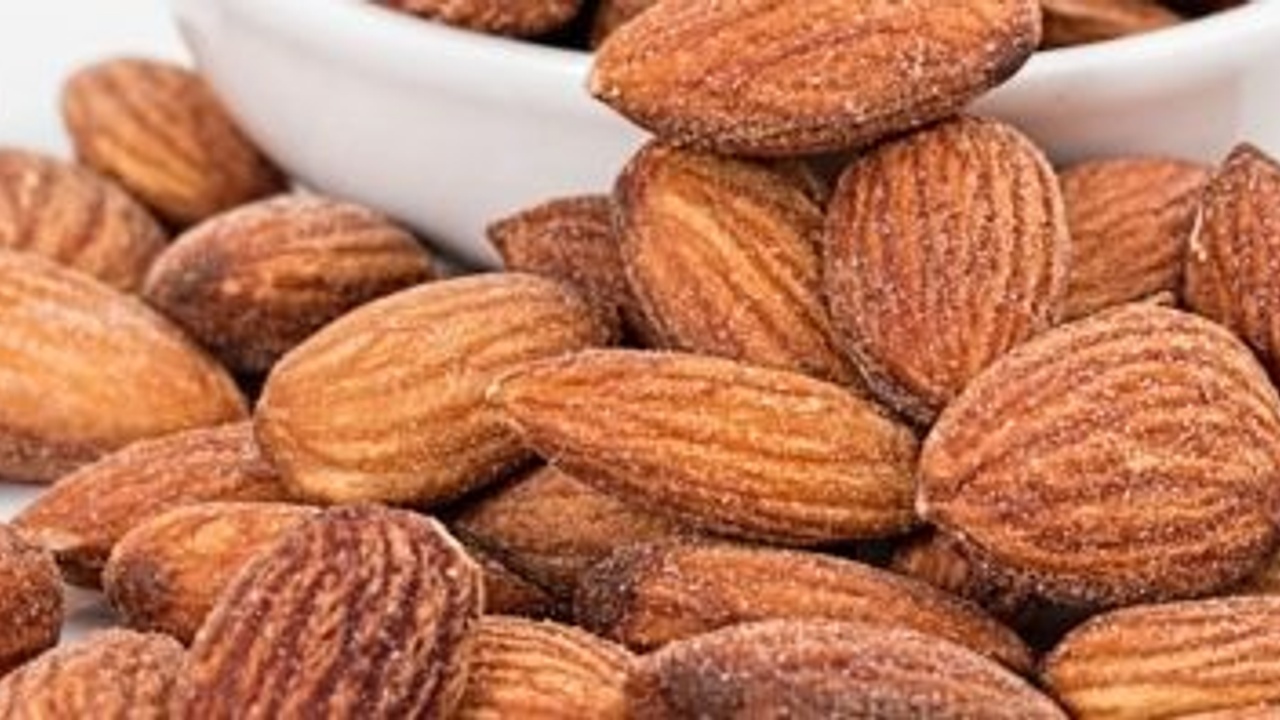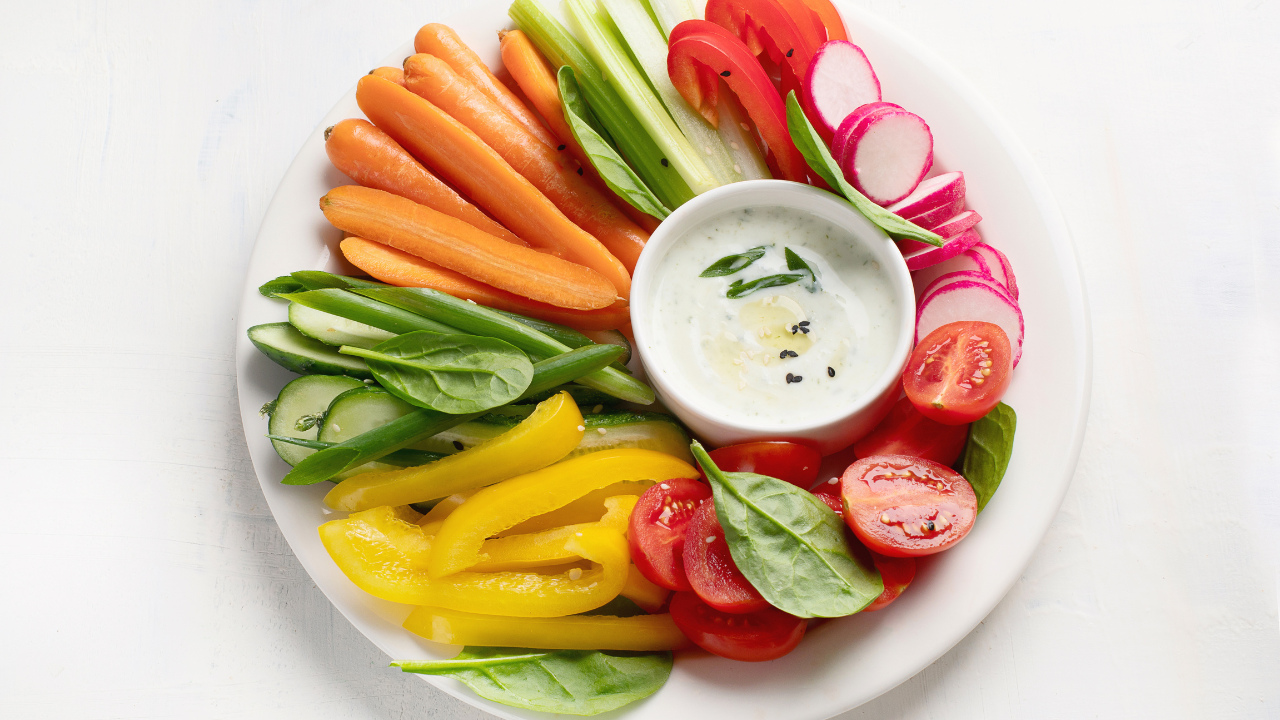
12 Easy Anti-Inflammatory Snacks
Apr 10, 2022To snack or not to snack? That is the question.
Our grandmother used to always say “No snacking – it will ruin your appetite!”
Was she right?
Well, yes. And no.
Snacking 101
For the longest time, the prevailing nutritional advice was to eat five to six small meals a day, about every 2-3 hours. The premise was that eating smaller, more frequent meals would keep your blood sugar level on an even keel all day long, keeping your appetite from ever getting so out of control that you’d overeat.
More recently the pendulum has swung to the other direction. With the rise in Intermittent Fasting (IF), the nutrition advice is to eat no more than three meals a day, with at least four to five hours between each meal. Depending on the length of your fasting period, you could be eating just one to two meals in a day.
To give a quick summary of the benefits of IF, read our article here.
You can also watch this short video outlining the benefits of IF.
IF can be a very beneficial piece to the complex puzzle that is your health. But, how does snacking fit in?
We’ll get to that in a minute. Before we can answer the snacking question, think about this notion:
One of the most IMPORTANT pieces of any nutrition plan is learning to listen to your body’s internal hunger and fullness cues.

Using the idea of eating only when you’re physically hungry can help you decide if you need a snack. Let’s say you had a delicious lunch at 12pm but by 3:30pm, your stomach is growling so loud that you’re afraid you’ll annoy your office-mates. Grab a snack. Snacks in the mid-to-late afternoon are what we call “bridge” snacks, as they help you get to dinner time a little easier.
But not just any snack. Cookies, chips, crackers, candy, or a mocha frappucino are not nourishing snacks.
There’s just TWO guidelines for determining what kind of snack to have:
1. Is it a real food?
2. Does it contain a mix of protein, fat, and carbs?
DIY Snacks
Making your own snacks is pretty simple. Try some of these out and bring them with you to work, school, or on-the-go. Our snacks are all balanced in carbs, protein, and fat, with plenty of fiber, which will keep you full and satisfied for longer. They range from sweet to savory, hot to cold, and hard to crunchy, so you will never get bored and want to reach for those potato chips. Enjoy!
P.S. Having portable snacks is perfect for busy days, as you never know when hunger will strike.

12 Easy Anti-inflammatory Snacks
- 2 Persian cucumbers and 1/4 cup hummus (click the link for our recipe)
- 1 organic peach + a handful of raw almonds
- 1 small (or 1/2 large) banana and 1-2 Tbsp. raw almond butter
- 2 cups veggie sticks (cucumber, jicama, bell pepper) + 1/4 cup black bean dip
- 1/2 cup full-fat coconut yogurt (plain – no added sugar) + 1 cup raspberries (organic) and 1 Tbsp. chia seeds
- Handful of our grain-free granola (click the link for our recipe)
- 1/4 cup guacamole (click the link for our recipe) with 1 cup raw veggies
- 2 hard-boiled pasture-raised eggs chopped and mixed with salsa and 1/2 avocado
- 1 Green Goddess Smoothie (click the link for our recipe)
- 2 oz. smoked salmon served in seaweed snacks and topped with sliced cucumber and avocado
- Collagen Milk : 8 oz. unsweetened almond, cashew, or flax milk + 2 scoops collagen peptides + 1 Tbsp. ground flax seed + 1 Tbsp. chia seeds + cinnamon
- Matcha Latte : 1 tsp. matcha + 2 scoops collagen peptides + 1/4 tsp. liquid monk fruit + 8 oz. unsweetened almond milk. Whisk together using an electric handheld whisk.
Note: This post contains affiliate links. This means that if you click on a link and make a purchase, we will receive a small commission at no cost to you. Thank you for supporting U Rock Girl!

